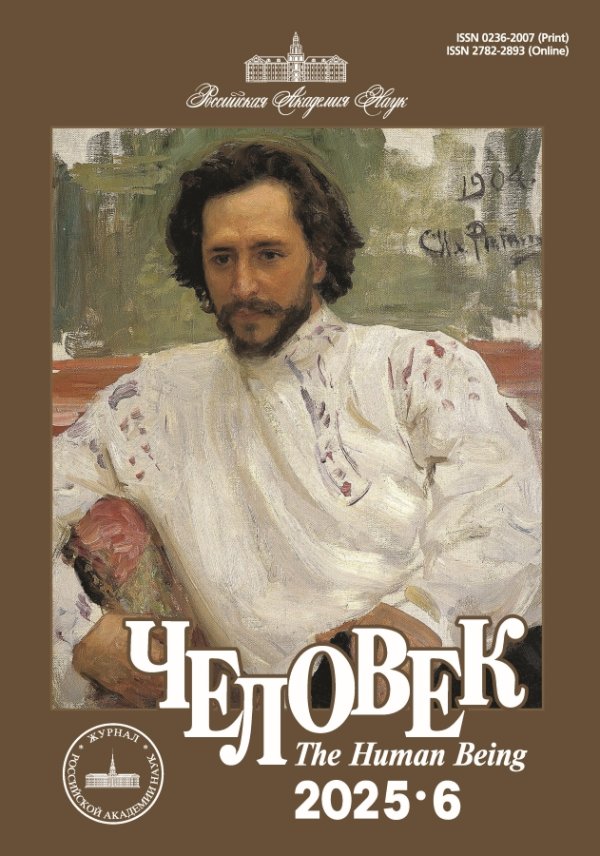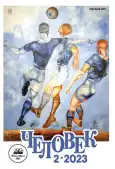The way to Immortality: the Japanese Continue of the Chinese Taoist Legends
- Authors: Trubnikova N.N.1
-
Affiliations:
- Russian Presidential Academy of National Economy and Public Administration
- Issue: Vol 34, No 2 (2023)
- Pages: 132-153
- Section: Symbols. Values. Ideals
- URL: https://journals.rcsi.science/0236-2007/article/view/141386
- DOI: https://doi.org/10.31857/S023620070025541-2
- ID: 141386
Full Text
Abstract
Keywords
About the authors
Nadezhda N. Trubnikova
Russian Presidential Academy of National Economy and Public Administration82/2, Vernadsky prosp., Moscow 119606, Russian Federation
References
- Гэ Хун. Баопу-цзы / пер. с кит., коммент., предисл. Е.А. Торчинова. СПб.: Петербургское востоковедение Publ., 1999.
- Игнатович А.Н. Образ «шэньсяня» в японской средневековой литературе // XII научная конференция «Общество и государство в Китае». Ч. 2. М.: ИВАН СССР, 1981. С. 115–121.
- Коляда М.С. Ку:кай в сэцува: «Беседы о делах старины» // История и культура Японии. Вып. 15. М.: Изд. дом ВШЭ, 2023. С. 228–243.
- Кукай (Кобо-дайси). Три учения указывают и направляют (Санго: сиики) / пер. со старояп., коммент. и исслед. Н.Н. Трубниковой. М.: Издатель Савин С.А., 2005.
- Мудрецы Китая. Ян Чжу. Лецзы. Чжуанцзы / пер. Л.Д. Позднеевой. СПб.: Петербург – XXI век; Лань, 1994.
- Свиридов Г.Г. Японская средневековая проза сэцува (структура и образ). М.: Наука, 1981.
- Трубникова Н.Н. «Предания нашей страны о бессмертных чудотворцах» Ооэ-но Масафусы в традиции поучительных рассказов // История и культура Японии. Вып. 16 (в печати).
- Федянина В.А. Покровитель словесности и воплощение бодхисаттвы. Сугавара Митидзанэ и ранняя история культа Тэндзин (IX–XII вв.). М.: КРУГЪ, 2014.
- Японские легенды о чудесах. IX–XI вв. / пер. А.Н. Мещерякова. М.: Наука, 1984.
- Inoue Mitsusada, Ōsone Shokuke, eds. Ōjōden [Rebirth Tales]. Hokke genki [Miracles of Lotus Sūtra]. Tokyo: Iwanami, 1995 (in Japanese).
- Farrugia M.L. To Die or Not to Die: Zhuangzi’s Three Immortalities. Frontiers of Philosophy in China. 2015. Vol. 10, N 3. P. 380–414.
- Kohn L. “Taoism in Japan: Positions and evaluations”. Cahiers d’Extrême-Asie. 1995. Vol. 8 (8). P. 389–412.
- Richey J.L., ed. Daoism in Japan. Chinese traditions and their influence on Japanese religious culture. London: Routledge, 2015.










